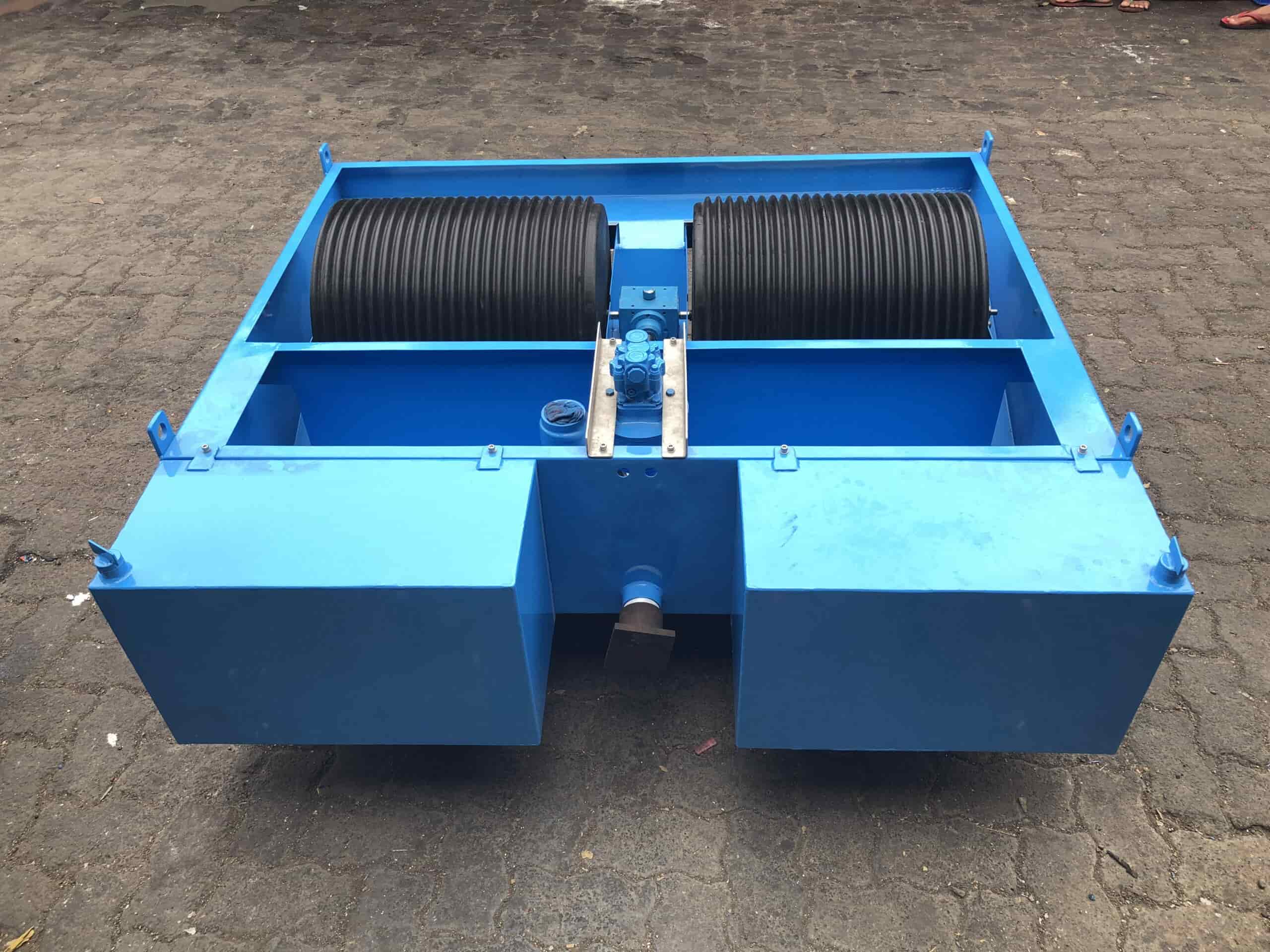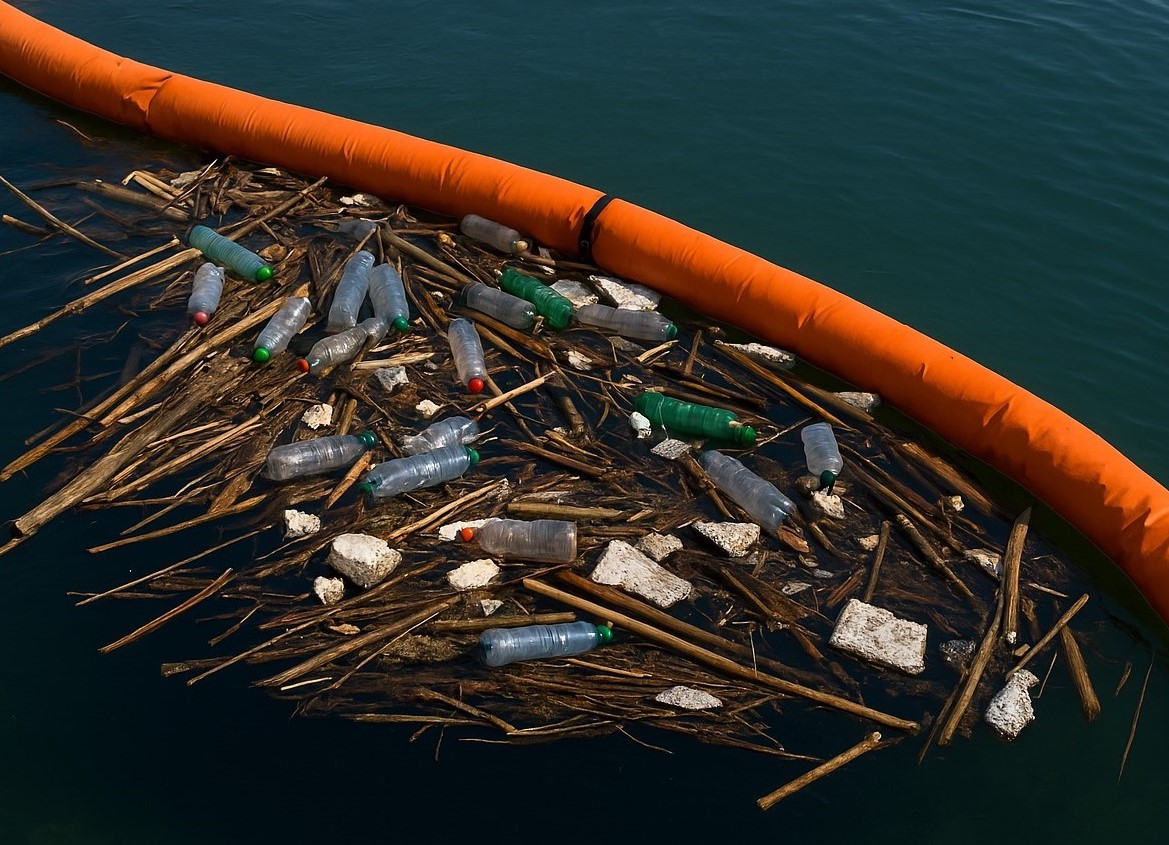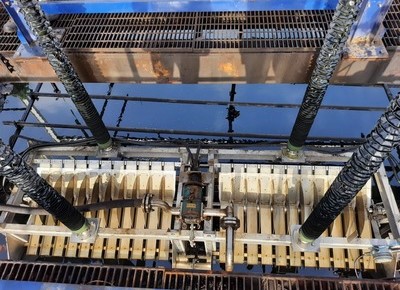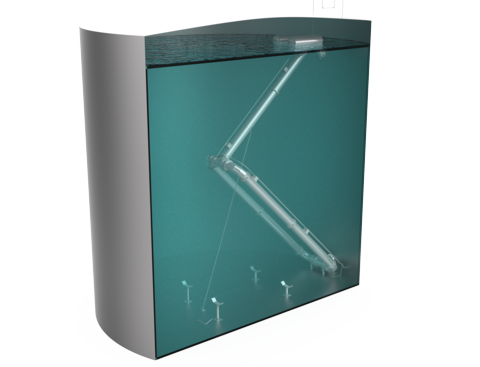Ensure Smooth Operations of the Oil Skimmer Under Cold Weather Conditions

Oil skimmers are widely used by several manufacturing industries, wastewater treatment plants, and emergency responders during oil spills. Known for efficient oil removal, these oil skimmers aren’t as effective in cold weather as compared to ambient weather conditions.
Importance of Maintenance of Oil Skimmers in Cold Weather
During oil recovery in cold weather, there is a high possibility of ice and slush skimming along with oils. The ice and slush can jam the inlets of the skimmer and other equipment. It may also damage the equipment used to skim oils. Hence, to ensure that the skimmer performs efficiently, regular maintenance is essential for operations in cold weather.
Challenges Faced During Oil Skimming in Cold Weather
The constraints in recovering oil in ice-infested water or cold weather using an oil skimmer are:
• Ice impedes the movement of the oil.
• Low-temperature results in increased oil viscosity, adding to the difficulty in the collection, processing, and pumping of recovered oils
• The recovered oil may contain a large amount of water.
• Poor visibility due to darkness
• Limited manoeuvrability hinders the accurate deployment of the skimmer/boom.
• Attempts to deflect the ice from recovery areas may deflect oil.
When Should you Start Cold Weather Preparation for your Oil Skimmers?
Cold weather operations of an oil skimmer differ from those under ambient temperatures. The preparation to operate an oil skimmer in cold weather should start with understanding the site conditions and various parameters that affect the continuous functioning of the skimmer. On understanding the challenges, an appropriate winterization package must be identified to ensure effective oil skimming. Winterization ensures that the skimming and processing of recovered oil functions smoothly. Hence, it is essential to prepare well in advance.
The study showcases that the most appropriate skimmers for ice-covered waters are the oleophilic rope mop, belt-type, and brush skimmers. Compared to other skimmers, these skimmers do not get clogged with smaller pieces of ice quickly. We must note that, for optimum oil recovery under cold weather, an oil skimmer system capable of temperature control, handling flow, and ensuring efficient and continuous operations is required.
Temperature control can be achieved with winterization options that work well with oil skimmers, which are:
1. Heat rods and heat pads are heating devices. They are used to keep the skimmed oil warm and fluid for processing.
2. Insulation and heating: Booms can be heat traced and insulated with heaters installed to the spout.
3. The decanter tank can be insulated and equipped with a heater to keep the oil warm for processing.
4. Steam system: consists of steam coils installed in the collection trough and sump. The heat transferred by the steam aids the oil skimmer by melting the surrounding snow and ice in controlled environments, allowing the oil to flow into the collection tanks. It also warms the skimmed oil, aiding the flow to the transfer pump and preventing the hoses from freezing.
5. Ice crushing system: is designed to break ice chunks into slush to facilitate access for oil skimmer into pockets of spilled oil.
Oil skimmers prove to be effective equipment for oil recovery with winterization packages in cold weather conditions. They are an integral part of wastewater treatment plants, oil recovery pits, and emergency oil spill response, even in cold weather conditions. Hence, a suitable oil skimmer system (ice crushing, heating, and insulation) will ensure optimum oil recovery.
Frequently Asked Questions
Q.1 How do oil water separators work and what is their purpose?
A. Oil water separators separate oil and grease from water using gravity and physical processes. They are used to prevent environmental pollution by reducing pollutants in wastewater before discharge.
Q.2 What are the main functions and applications of sluice gates?
A. Sluice gates are hydraulic devices used for regulating water flow, managing floods, distributing water for irrigation, generating hydropower, facilitating navigation in canals, and preventing saltwater intrusion in coastal areas. They are vital tools in water management and engineering.
Q.3 Can a mechanical bar screen effectively remove debris and solid waste from water?
A. Yes, a mechanical bar screen can effectively remove debris and solid waste from water. These screens are designed to physically filter out large and coarse materials





